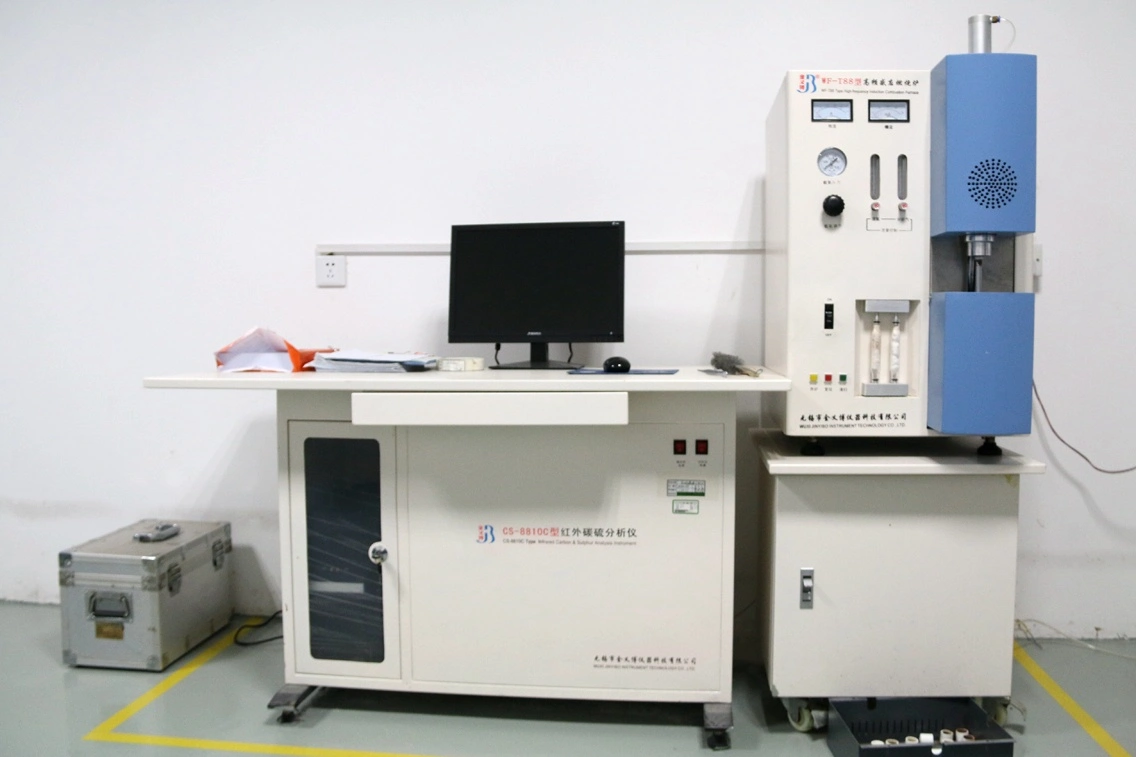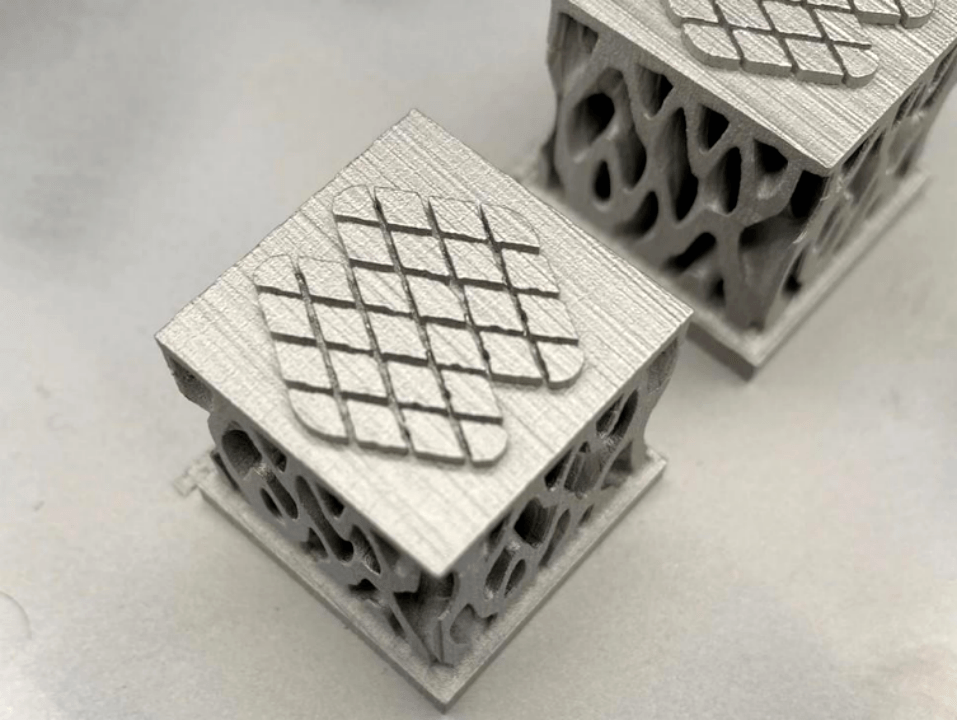How does Electron Beam Melting (EBM) benefit carbon steel parts for aerospace applications?
How Does Electron Beam Melting (EBM) Benefit Carbon Steel Parts for Aerospace Applications?
High-Density Fabrication with Minimal Residual Stress
Electron Beam Melting (EBM) operates at elevated temperatures in a vacuum environment, which significantly reduces thermal gradients during the build process. For carbon steels such as AISI 4140 and Tool Steel D2, this enables near-zero residual stress and excellent dimensional stability—key requirements for aerospace components subjected to cyclic mechanical loading and thermal fluctuation.
Enhanced Mechanical Properties and Fatigue Resistance
The high-temperature build environment of EBM promotes in-situ stress relief and homogenous microstructures, which enhances fatigue performance and fracture toughness. Carbon steels processed through EBM can achieve tensile strengths exceeding 950 MPa and hardness levels up to 60 HRC (for tool steels), making them ideal for aerospace brackets, mounting interfaces, linkages, and high-load structural assemblies.
Vacuum Processing for Clean Metal Parts
EBM's vacuum environment is especially beneficial for carbon steels that are sensitive to oxidation during high-temperature exposure. This results in cleaner, oxide-free surfaces and superior metallurgical quality, ensuring reliable performance in demanding aerospace service conditions where hydrogen embrittlement or oxide-induced cracking must be avoided.
Suitability for Complex Structural Geometries
EBM allows the fabrication of topology-optimized, weight-reduced structures with internal channels or lattice reinforcements. This is critical in aerospace applications where part consolidation and lightweighting are essential for improving fuel efficiency and payload capacity. Materials like 20MnCr5 and AISI 4130 benefit from EBM’s ability to produce net-shape or near-net-shape geometries with integrated design functions.
Customer-Oriented Solutions and Services
To support carbon steel part production for aerospace applications, we offer:
3D Printing Technologies:
Utilize Electron Beam Melting (EBM) for low-stress, high-strength carbon steel parts suitable for critical aerospace assemblies.
Aerospace-Grade Carbon Steel Materials:
Choose from high-performance options like AISI 4140, Tool Steel D2, and 20MnCr5 tailored for structural and wear-resistant aerospace components.
Aerospace Manufacturing Support:
Explore our full aerospace and aviation solutions with integrated heat treatment, CNC machining, and surface treatment to meet industry-specific specifications.



